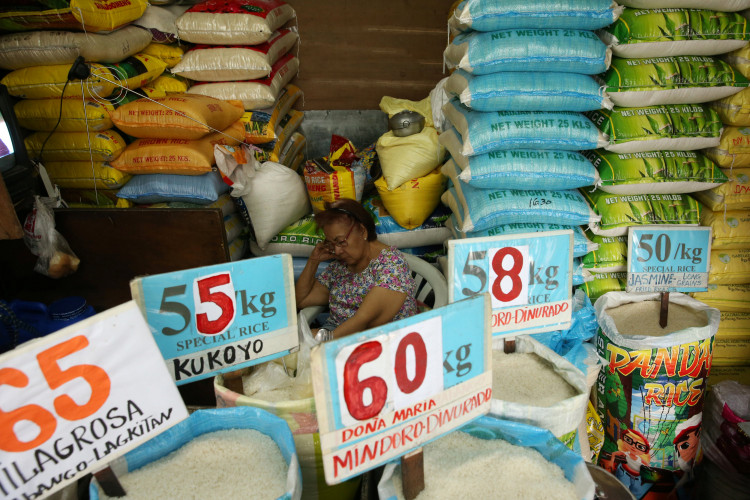India, the world's largest exporter of rice, is contemplating a ban on the export of most of its rice varieties in response to rising domestic prices. The government's intention is to avert the risk of worsening inflation. This potential move could further escalate the already soaring global rice prices, which are at a two-and-a-half-year high due to the impacts of El Niño in Asia.
Sources have informed the media anonymously that the Indian government is discussing plans to prohibit the export of all non-Basmati rice varieties. If implemented, this ban would impact approximately 80% of India's rice exports.
Following the news of the possible ban, share prices of Indian rice mills experienced a slight dip.
Rice serves as a staple food for about half of the world's population, with Asia consuming nearly 90% of the global supply. India accounts for around 40% of global rice trade, supplying the grain to over 100 countries. Benin, China, Senegal, Ivory Coast, and Togo are among the major recipients of Indian rice exports.
In fact, India has previously attempted to tighten the export of certain types of rice. Last year, in the wake of conflicts between Russia and Ukraine that led to skyrocketing prices for staple foods like wheat and corn, India imposed a ban on broken rice exports and levied a 20% tax on white and parboiled rice. India also implemented restrictions on the export of wheat and sugar.
While a potential export ban might lower domestic rice prices in India, it could potentially drive global prices even higher. Prices of Asian rice have already surged to their highest in over two years, as importers have stockpiled large amounts of the grain in anticipation of El Niño-induced drought conditions affecting production.
The World Meteorological Organization has stated that the El Niño phenomenon, the first in seven years, may result in drought conditions in Southeast Asia. While monsoon rains have provided relief to some of India's rice fields, the dry weather is threatening crops in Thailand, the world's second-largest exporter. Thailand is expected to face widespread drought beginning early in 2024.
Importers have already begun to significantly increase their reserves. Vietnam is expected to see its rice exports reach their highest level in about a decade this year, with substantial increases in rice exported to the Philippines, China, and Indonesia.
According to data from India's food ministry, retail prices of rice in Delhi have risen by about 15% this year, with national average prices up by 8%. The Thai Rice Exporters Association has reported that the price of the benchmark variety, Thai white rice, has increased by around 15% in the past four months, to $535 per tonne, the highest level since early March 2021.
Earlier on Thursday, India released its inflation data for June. India's CPI rose by 4.81% year on year in June, higher than the market's expected 4.58% and previous 4.25%, breaking a four-month declining trend. Soaring prices for vegetables and pulses have been driving up India's inflation.
India's inflation data has led some Wall Street institutions to revise upwards their inflation forecasts for the country this year, reinforcing expectations that the Reserve Bank of India will take longer to shift towards lowering interest rates. Some economists have even criticized the Indian central bank for its apparent impotence in managing food supplies.






